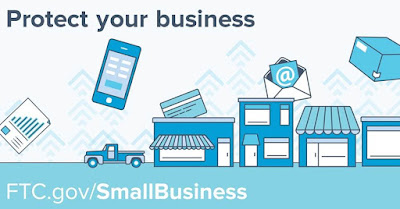US Department Of Labor Announces Compliance Assistance Tools to Assist Small Businesses

Featured in America's SBDC newsletter The U.S. Department of Labor announced the launch of the New and Small Business Assistance webpage and the Compliance Assistance Toolkits webpage. These new online tools assist American small businesses and workers with simple, straightforward resources that provide critical Wage and Hour Division (WHD) information, as well as links to other resources. The webpages were established in response to feedback received from new and small business stakeholders voicing their need for a centralized location to secure the tools and information they need to comply with federal labor laws. These new webpages provide the most relevant publications and answer the questions most frequently asked by new and small business owners. These tools, in conjunction with worker.gov and employer.gov , ensure greater understanding of federal requirements and provide tools to help employers find resources offered by other regulatory agencies. Learn more .





